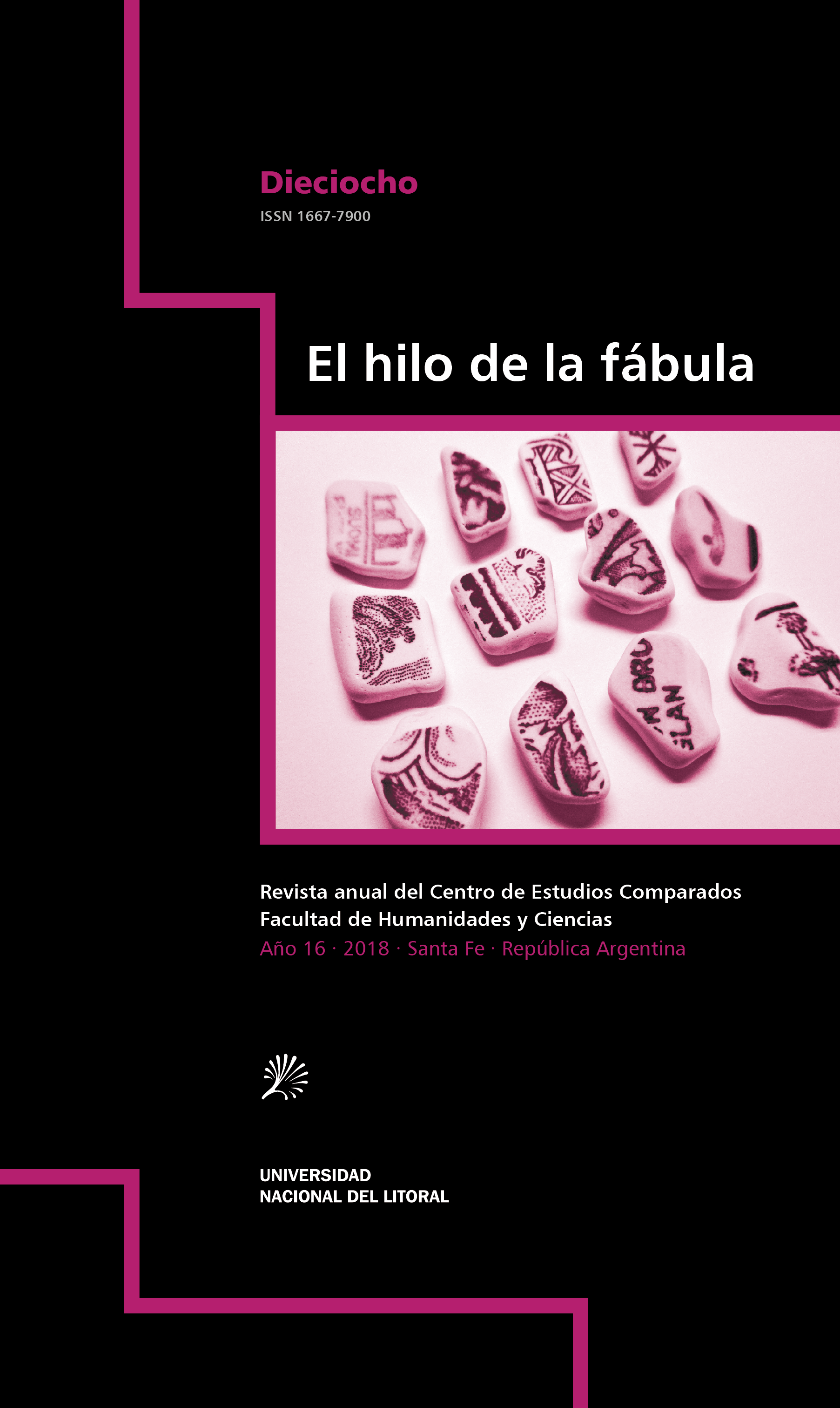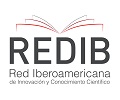La burocracia en el arte. El discurso judicial en la obra de E. A. Vigo
DOI:
https://doi.org/10.14409/hf.v0i18.7165Keywords:
Art, Bureaucracy, Edgardo Antonio Vigo, Discourse, Legal Language, PoliticsAbstract
This paper focuses on the study of the work of Argentinian avant–garde artist Edgardo Antonio Vigo, particularly on the way he combined art and bureaucracy through the use and manipulation of legal language. We will analyze some works that feature the linguistic forms, genres, and the material and visual nature of legal discourse used in an ironic and critical way, which put legal language outside its natural, original place. Vigo employs the signatures, threads and specific terms of said language as an eccentric use of the forms of a space that he belongs to because of his everyday work, but still in an inappropriate way given the fact that he is not an authorized person in terms of the limits imposed by such discourse. Those artworks that criticize the judicial system for being unequal and unfair will also be analyzed. These elements prove that his works have a political character in terms of their internal configuration which is linked to an environment it does not belong to, which it makes public and which allows it to exist outside its usual, regulated spaces.












